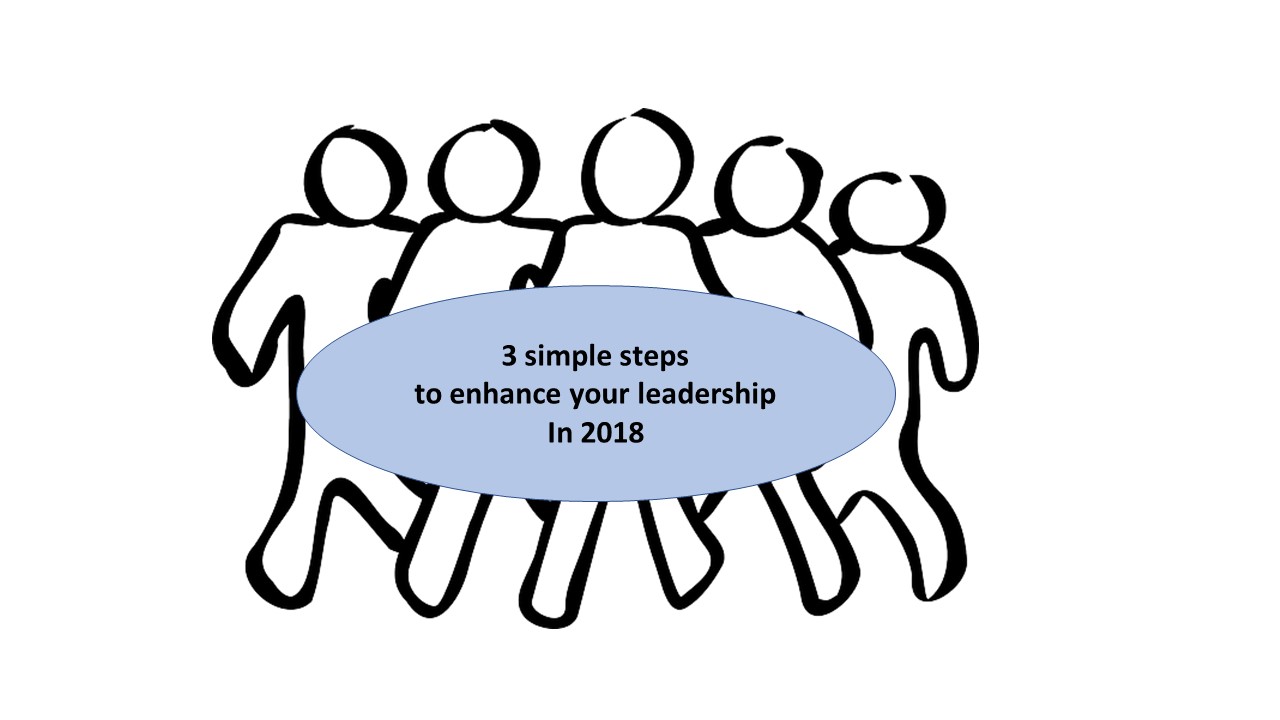By Thomas Davis, CRNA, MAE, Lt. Col (ret)
Follow @procrnatom on Twitter
Regardless of whether you call them resolutions or goals, many people start the new year seeking self-improvement in both their professional and personal lives. Leaders hope to find ways to do a better job guiding and motivating their team and team members hope for professional development that will earn them respect and recognition for their work.
“Hope rarely enters into it. ‘Tis action moves the world.”
From: The Winter Sea by Susanna Kearsley
Whether your official role be leader or team member, here are some ways to convert hope into action.
Ask I recently worked at a clinic where OR personnel wore a color-coded paper hat – blue for staff, red for vendors and pink for students. A popular anesthesiologist with 30 years of experience who commonly served as clinical coordinator frequently opted to wear a pink student’s hat. When I asked him why, he replied, “I am a student and learn every day.” His commitment to self-improvement was contagious, setting the stage for everyone to learn. When working with him, there were no dumb questions so the entire team was able to benefit from his commitment to sharing knowledge. As a part of your personal professional development plan, learn from everyone you encounter during the day and freely share your knowledge so that others can learn from you. You will be amazed at the things they know about their jobs and a free exchange of information enhances collaboration. Over the years, I have learned things by listening to my anesthesia colleagues, anesthesia techs, OR nurses, and from housekeeping. Create a pink-hat environment in which all are free to exchange information without the fear of being belittled for asking the wrong question.
Listen to understand In the high stress healthcare environment people don’t want to make mistakes or be blamed for an undesired outcome. When issues arise, it is easy to default into the it’s-not-my-fault mode and build a wall that stops communication. Open your mind by assuming the other person has a valid point and then listen carefully to understand his concern.
Tactical Empathy is the ability to share someone else’s feelings while executing a plan to achieve a goal. In his book Never Split the Difference: Negotiating as if your Life Depended on it, Author Chris Voss uses the term tactical empathy to describe a preferred approach to listening. According to Voss, listening is more inclusive that just hearing words; tactical empathy includes listening to the emotion behind the words. After attentively listening, state the emotion that you sense and allow the other person to agree or clarify. For example, say, “I sense that you value teamwork and have concerns about our team.” Then be quiet and let the person respond. It is likely that the person will validate the emotion that you sense and shift their concern/anger from the problem at hand to a discussion of the underlying problem. If you are wrong with your assessment, the person has your attention and can provide additional information. Another way to show tactical empathy is saying, “I sense that you have a deep commitment to patient safety and fear that someone will be injured.” As before, listen to the response and open the door for additional information. The key is to detect to the emotion that is driving the words, state the emotion, then listen. You will add depth to your understanding by having the person describe the desired behavior they would expect if things were going well. When done, you will have a new perspective on the issue and the person will feel as if his/her opinion was valued and understood.
Be positive We are social creatures and our attitudes affect those around us. Develop the habit of approaching issues from a positive point of view. Instead of reacting to a situation, be proactive and view a problem as something that is temporary and correctable. Keep the desired outcome in mind, identify resources, and tap into the collective wisdom of your team. A We Can Do It Together attitude quickly spreads throughout a team and stimulates creative solutions.
You’ve already stepped up to the plate by being a leader, now step up your game. The New Year is here and it’s a great time to convert good intentions and high hopes to tangible action by changing your status quo. In a recent interview, investment advisor, Tony Robbins, suggested, “Leaders anticipate; losers react.” It’s impossible to know the details of the challenges that will arise in the upcoming year, but one thing is sure, you can’t anticipate all of them, and being a lifetime learner, effective listener and optimistic problem solver will position you for success.
Tom is a noted anesthetist, leader, educator and speaker. Join Tom and a group of frontline healthcare leaders in the Values-based leadership webinar series.

